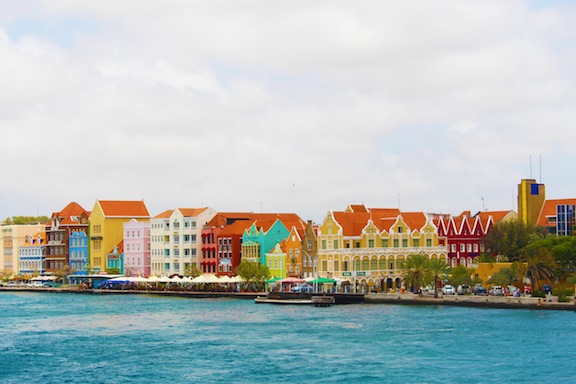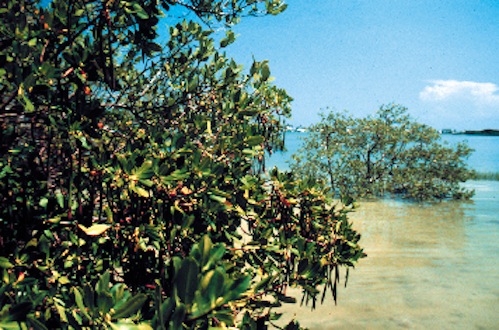Above: mangroves
By the Caribbean Journal staff
There are mangroves in 123 countries around the world, including across the Caribbean.
These maritime forests store carbon, clean water, protect against erosion and even against extreme weather.
But the world’s mangroves are in danger, according to a new report, including in the Caribbean.
“The escalating destruction and degradation of mangroves – driven by land conversion for aquaculture and agriculture, coastal development, and pollution – is occurring at an alarming rate, with over a quarter of the earth’s original mangrove cover now lost,” says Achim Steiner, executive director of the United Nations Environment Programme. “This has potentially devastating effects on biodiversity, food security and the livelihoods of some of the most marginalized coastal communities in developing countries, where more than 90 per cent of the world’s mangroves are found.”
According to Steiner, mangroves provide ecosystem services worth up to $57,000 per hectare per year, in economic terms.
And in the Caribbean, they serve a particularly crucial purpose in times of extreme weather.
Mangrove-lined “hurricane holes” have for centuries functioned as “safe-havens for boaters needing to ride out storms,” the UN said in a statement.
“The complex network of mangrove roots can help reduce wave energy, limit erosion and form a critical barrier to the dangers posed by the strengthening tropical storms, cyclones and tsunamis which have been assailing coastal communities in recent years due to climate change,” the UN said.
But mangroves are in fact “one of the most threatened ecosystems on the planet,” according to a new report, The Importance of Mangroves: A Call to Action, which warns that a continued reduction in the surface area of mangrove forests would “inevitably expose coastal environments to the harmful effects of climate change.”
“By quantifying in economic terms the value of the ecosystem services provided by mangroves as well as the critical role they play in global climate regulation, the report aims to encourage policymakers to use the tools and guidelines outlined to better ensure the conservation and sustainable management of mangroves,” Steiner says.
Improving Caribbean Internet

